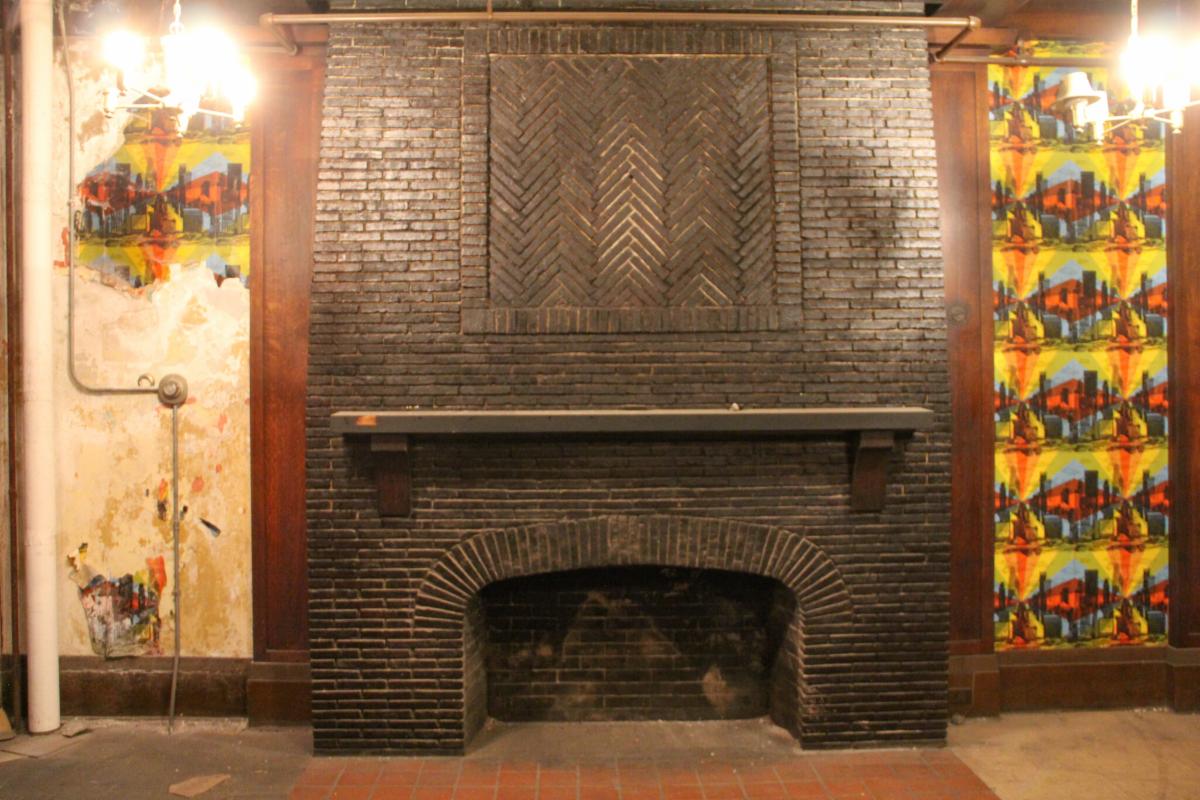
“Brookline Real Estate, LLC. is proud to present the opportunity to acquire a historic building positioned in a strong transit oriented location in busy Downtown Chicago. 314-316 S Federal Street contains a total of 17,500 square-feet comprised of seven 2,500 square-foot floors and an additional 2,500 square-foot lower level. Located in Chicago’s Loop near the corner of Jackson & Dearborn Streets steps from the Financial District on LaSalle.
“A perfect opportunity for redevelopment, the floors lay out nicely for office, hospitality, or residential. Notably, boutique hotels opened in buildings this size have enjoyed distinct recent success in and around Chicago’s Loop. The first floor and lower level offer ideal retail potential – a restaurant was successful there for many years. The building is currently zoned DC-16, which allows for an additional nine stories. The property shares its south wall with a large public parking garage for visitors.
“Built in 1912, this asset is also an excellent candidate for Federal Historic Preservation Tax Credits, further strengthening its viability for robust growth as an investment.”
“In 1911 Engineers’ Club President, James O. Hayworth appointed two committees to investigate the feasibility of securing a building to own or rent. One was the ‘site’ committee chaired by Onward Bates; the other was the ‘bond’ committee chaired by Frank J. Llewelyn. The bonds were issued and sold to Club members who raised the needed funds quickly. The site committee took a little longer but finally settled on a building at 314 S. Federal Street, a site occupied by a three-story building. Some think that the building was originally built for the Illini Club, founded in 1886. A contract for a ninety-nine-year lease was arranged with the owner, Mrs. Louis H. Boldenweck, and building remodeling started in March 1911. The building was remodeled by lowering the upper floors to reduce excessive story heights, and then adding four stories to the building. Mr. A. S. Coffin was the architect for these alterations.
“Initially the Club did not want to have a grill or restaurant of their own as it would be an operation they did not want the expense of equipping or operating. The Club negotiated with St. Hubert’s English Grill Company to lease the first, second, and third floors and part of the basement of the building. Their lease also required lunch service for the Club in the third-floor dining room. This luncheon arrangement lasted until about 1915. In October 1915 the Club made plans to install their own grill and the Board of Directors authorized the installation. At first three meals a day were served on Monday through Saturday and a Chef was on duty from 7:00 A.M. to 8:00 P.M.
“The seventh floor of the Club was intended to be used as a hotel to provide over-night accommodations for visitors, clients who needed an over-night stay to complete their work, or Club member’s families. The floor contained seven rooms, three with baths and four without. According to the Club archives, these rooms were as well furnished as any of the better hotels in Chicago. Unfortunately, the hotel was never profitable for the Club and by 1928, the floor was remodeled into a game and card room.
“The sixth floor was the pool and billiard room. The first pool table was installed in 1915 and more were added until the entire floor was dedicated to the game. During World War II, the Club loaned the pool and billiard tables to the USO lounges in Chicago where they were still used into the 1950s. After the removal of the billiard and pool tables this floor became the grill room, otherwise known as the ‘Knotty Pine Room’, and was used every day for luncheons, dinners, committee meetings, etc. It had a seating capacity of about 40 people. The Club manager’s office and Club staff offices were on this floor into the 1950s. Later these offices would move to the seventh floor.
“The fifth floor was first a private dining room with a maximum capacity of 100 for meals and about 150 when used as an auditorium. By the 1950s it had become the Ladies Lounge and contained several private dining areas; however, when needed, the space was opened to create a large dining room or an auditorium. Later, in the 1960s, archives show that the Western Society of Engineers rented this floor for their functions for five years.
“The fourth floor was the main lounge. It was used as a cocktail lounge before luncheon or dinner and for special events or private parties. For many years the ‘Hot Stove League’, a group of Club members, gathered every day after lunch to discuss whatever came to mind including engineering topics, politics, or maybe just cock-and-bull stories while seated by the fireplace.
“The third floor was to be the main dining room and had a seating capacity of about 150 for meals. This dining room contained the Chicago Engineers’ Club Round Table with its ‘Lazy Susan’ in the center. The table was built by Club member George Nichols who manufactured railroad turn tables. The table, which could seat 16 to 20 people, was 11 feet in diameter and the Lazy Susan in the center was 7 feet in diameter.” (from The Chicago Engineers’ Foundation History, Stephen R. Hoover, Chicago Engineers’ Foundation of the Union League Club, 2019, page 4)


